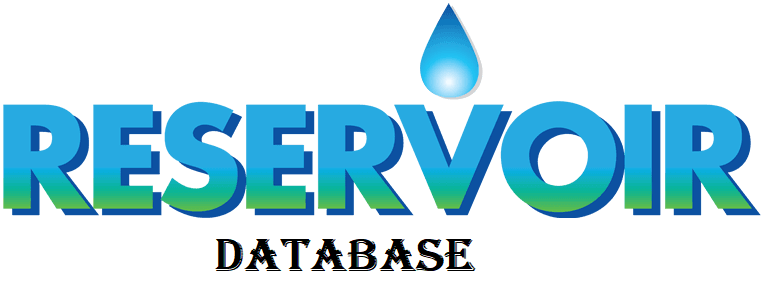Overview
Publications
Recruitment
Intranet
CIFRI Corners'
Cage aquaculture is defined as rearing of aquatic organisms in a volume of water enclosed on all sides with cage netting materials including bottom, while permitting free circulation of water through the mesh of cages. The technology is suitable for almost all kinds of waterbodies provided there is sufficient water depth so that the bottom cage net is at least 2 m above the bottom of the waterbody. Several species of fish and shellfish are being successfully cultured in marine cage facilities around the world. Culture of a few species of fish in inland and marine cage facilities have been successfully demonstrated and popularized in India. When it comes to Northeast India, cage aquaculture of major carps (Labeorohita, Cirrhinusmrigala mainly for seed raising), minor carps (L. bata, L. gonius), exotic carps (Ctenopharyngodonidella, Cyprinuscarpio) is being carried out on experimental basis with moderate success in certain floodplain wetlands (beels) of Assam and Arunachal Pradesh,Loktak lake of Manipur, reservoirs of Manipur, Mizoram, Nagaland, Tripura and Meghalaya.
ICAR-Central Inland Fisheries Research Institute, Barrackpore in collaboration with Department of Fisheries, Govt. of Manipur initiated an ambitious project of culturing Osteobramabelangeri, locally known as ‘pengba’ in cages installed in Takmu pat, Sendra, Bishnupur district, Manipur. The fish was declared as the State Fish of Manipur in 2007 due to its importance and vulnerability in the state. The fish is highly relished and has a ready demand in the market due to its better taste and meat quality. Therefore, the fish is one of the most potential fish species for aquaculture. It is suitable for composite fish culture along with other carps partially replacing rohu and common carp.Scientists of ICAR-CIFRI feel that research on standardizing package-of- practice of cage culture technology with respect to pengbais required for profitably culturing the species.
The present project of culturing Pengba as table-fish in cages installed in Takmu pat, Sendra, Bishnupur district, Manipurwas initiated with financial support from ICAR-CIFRI’s Northeast Hill Component. Cage culture of Osteobramabelangeri in Loktaklake was recommended by the 23 rd Regional Committee Meeting (RCM Zone III) of Indian Council of Agricultural Research. Dr. B.K. Das, Director, ICAR-CIFRI, Barrackpore andDr. B.K. Bhattacharjya, Head, ICAR- CIFRI Regional Centre, Guwahati & Nodal Officer of NEH Component have steered successful implementation of the RCM recommendation. Others involved in this activity wereDr. DipeshDebnath, Dr. SonaYengkokpam, Senior Scientists and Dr. N. Samarendra Singh, Scientist, ICAR-CIFRI Regional Centre, Guwahati. Initiation of the project was possible with active support from Shri N. Gojendro, MCS, Director of Fisheries; Shri T. Shyamananda Singh, DFDO, Bishnupur District; Shri N. Hemchandra, FO and other officials of Department of Fisheries, Govt. of Manipur.
Shri N. Gojendro, MCS, Director of Fisheries, Govt. of Manipur expressed happiness over the beginning of this project and thanked ICAR-CIFRI, Barrackpore for financial and technical support. Dr. Debnath explained that the project aims at standardizing stocking density of pengba, i.e., how many fingerlings can be profitably cultured per unit area of a cage. After this important parameter is standardized, it will be required to standardize feeds and feeding ration so as to obtain maximum growth of fish in cages.













